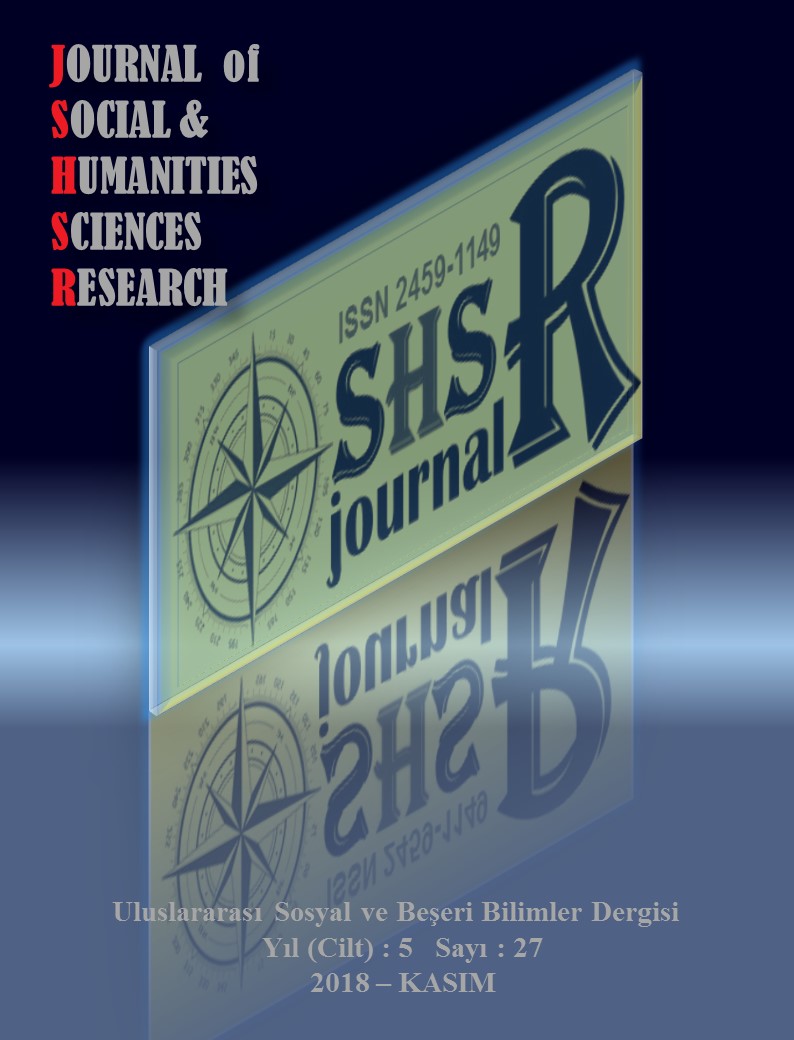İŞLETMELERDEKİ GRUPLAŞMANIN VARDİYA BAZINDAKİ VERİMLİLİK KAYIPLARINA ETKİSİNİN VERİ MADENCİLİĞİ YÖNTEMİYLE İNCELENMESİ
DOI:
https://doi.org/10.26450/jshsr.658Anahtar Kelimeler:
Grup, Kayıp, Vardiya, Verimlilik, Veri MadenciliğiÖzet
Herhangi bir konuyla ilgili olarak öğrenilen ve öğretilen kavramlar bilgi olarak tanımlanmaktadır. Bilgi dinamik, sürekli değişen koşullara uyum sağlayan ve işletmelerin rekabette başarılı olması için anahtar kelime durumundadır. Gün geçtikçe işletmelerin bünyesinde bulundurduğu bilgiler artmakta olup bu bilgiler ilerleyen zamanlarda gerekli olacağı için Bilgisayar sistemlerinde kayıtlı veriler olarak tutulmaktadır. Veri işlenmemiş bilgi olup, Bilgisayarlar yardımıyla işlenerek anlamlı bir bütün olacak şekilde bilgiye dönüştürülebilmesi veri madenciliği yöntemiyle gerçekleştirilebilmektedir. Veri madenciliği yüksek yığınlı veriler arasından bilgi elde edip tahminde bulunabilmeyi kolaylaştırmaktadır. İşletmeler verilerini elektronik ortamda muhafaza etmekte olup geçmişe bakarak geleceğe yönelik kararlar verebilmeleri veri madenciliği yöntemiyle değer bulmaktadır. Verimlilik işletmenin en az girdi ile en çok ürünün elde edilebilmesidir. Verimliliklerini en yüksek seviyede tutmak isteyen işletmeler yaşadıkları verimlilik kayıplarını geçmişteki veriler ile ilişkilendirerek veri madenciliği yöntemiyle vardiya bazında da tespit edebilirler. Bunlardan birisi ise vardiyalı olarak çalışan işletmelerdeki işgörenlerin gruplaşmalarından kaynaklı verimlilik kayıplarıdır. Çünkü aynı vardiya da işgörenler bir grup halinde hareket edip diğer vardiyaların verimliliklerini etkileyebilmektedir. Bu çalışma Adıyaman ilinde faaliyet gösteren ve isminin verilmesini istemeyen bir işletme de yapılmıştır. İşletmede işgörenlerin gruplaşmasından kaynaklı vardiyalar arasındaki verimlilik kaybının nelerden ve nasıl kaynaklandığının; geçmişteki verilerden yola çıkılarak tespit edilmeye çalışılmıştır. Sonuçlardan yola çıkılarak verimlilik dolayısıyla üretim kaybının çözülmesine yönelik önerilerde bulunulmaya çalışılmıştır
İndir
Yayınlanmış
Nasıl Atıf Yapılır
Sayı
Bölüm
Lisans
Telif Hakkı (c) 2018 International JOURNAL OF SOCIAL HUMANITIES SCIENCES RESEARCH

Bu çalışma Creative Commons Attribution 4.0 International License ile lisanslanmıştır.


